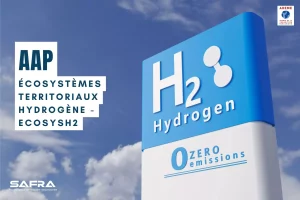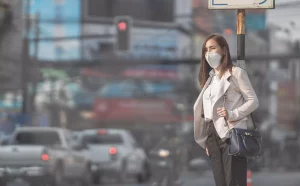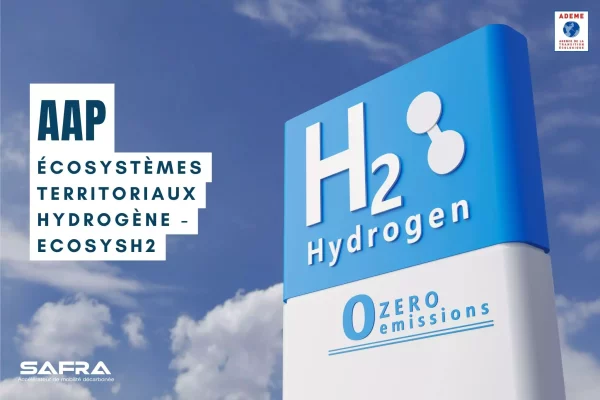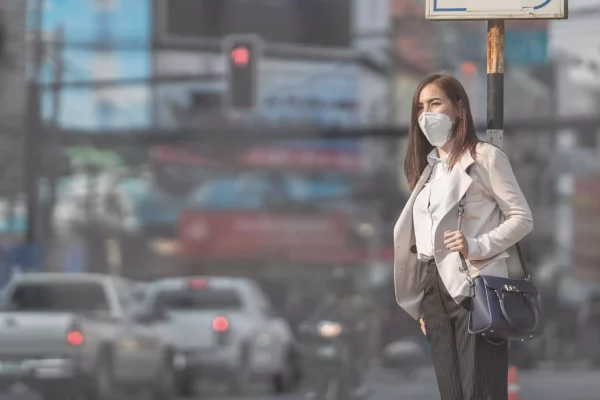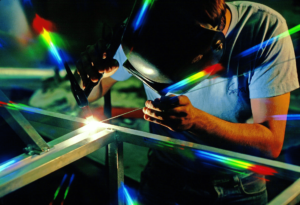
Emmanuelle Saux
France, Champion of regulation!
Although a forerunner in the measures put in place to accelerate the ecological transition, France’s action on transport and mobility policy is not sufficient to curb climate change, with only a third of the way there.
Despite this, France is taking action on the scourge of air pollution. A series of decrees were published between 2015 and 2017 putting in place obligations to enable the fight against air pollution. Often criticized at the national level, these ambitious laws are nonetheless admired by our European neighbors who see this as a strong commitment to accelerate the energy transition.
The most eagerly awaited measure was published on January 11, 2017: article 37 of the August 2015 energy transition law, which promotes the development of clean transport through exemplarity and the obligation for certain players to ensure the renewal of their fleets with low-emission vehicles. In short, the law requires urban areas with more than 250,000 inhabitants, or those concerned by an atmospheric protection plan, to purchase more than 50% “clean buses” from 2020, to reach 100% by 2025. The idea is to eventually eliminate diesel-powered buses from current fleets. A strong commitment, certainly the most ambitious to date at European level, but not easy to implement for local authorities.
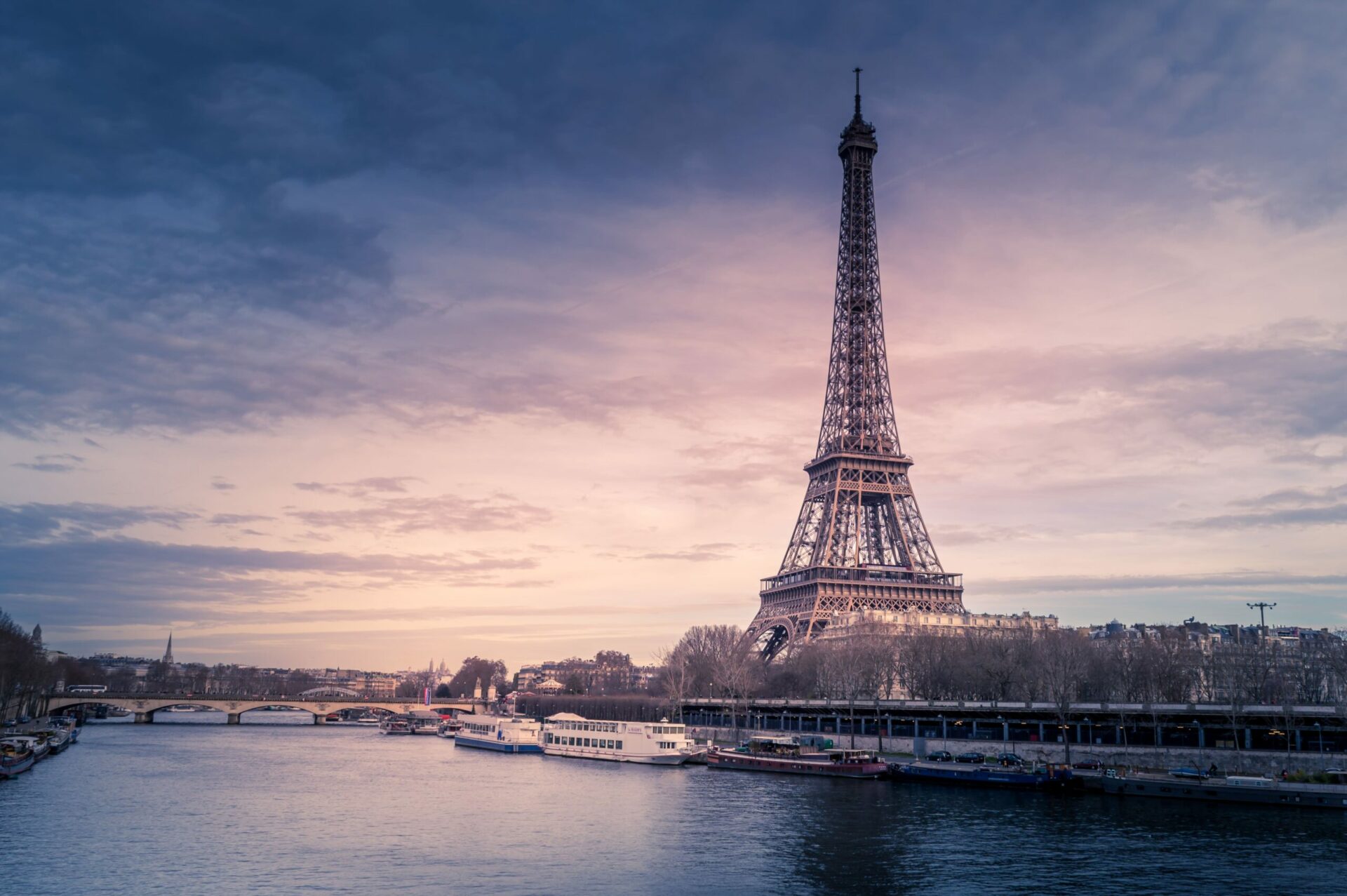
Definition of a clean bus
Article 37 of the Energy Transition Law defines the types of buses considered “low-emission” and then the territories in which they will be allowed to operate. For vehicles, two groups are defined as follows:
Group 1: this includes 100% electric buses, including those powered by a hydrogen fuel cell, or using a gaseous fuel if a fraction of the
consumed is of renewable origin (20% from 2020 and 30% from 2025). Note that hybrid buses are excluded from this group, which was not the case in previous versions. Only plug-in hybrids will be authorized if they are capable of operating solely in electric mode in the territories defined by the decree and are therefore included in group 1. Businova is part of the vehicles classified in group 1 for its entire range, from the rechargeable hybrid to the hydrogen version.
Group 2: This group includes hybrid or gas-powered buses and vehicles designed to run solely on biofuels “mostly of renewable origin”. The decree then distinguishes several types of zones according to their population density and exposure to air pollution. For example, for Paris and the 22 communes in the inner suburbs, as well as in the central part of provincial cities with more than 250,000 inhabitants (defined by the prefect), only group 1 buses will be authorized. For the provinces, the agglomerations that are part of an atmospheric protection plan (PPA) will also be concerned.


A new law for mobility
Also in the news in France, the Mobility Orientation Bill (LOM) was adopted by a very large majority of the Senate on April 2.
In summary, the LOM plans to increase the share of cycling in daily trips, prioritize infrastructure maintenance, deploy clean mobility and free up innovation… Considered by the government as “a strong response to social and territorial divides”, the text will continue its parliamentary journey in the National Assembly, in May in committee and in June in the Chamber, with the aim of final adoption in July.
Europe is also making great strides...
After France, all eyes turned to the European Parliament, which embarked in 2017 on the revision of a 2009 directive on the promotion of clean and energy-efficient road transport vehicles. This text indeed needed a small facelift, to make it more attractive and bring it up to date, in the face of the arrival of new energies in the transport sector. This directive has not had the impact hoped for due to four major reasons: a too weak scope, a lack of clarity, the excessive complexity of the translation into monetary value and finally, the lack of harmonization between the policies followed by the Member States of the European Union.
The main changes in this directive are mainly related to the definition of clean vehicles, with reference to emission thresholds for CO2 and air pollutants hazardous to health. A table of “quotas” has also been introduced: the reform sets minimum targets for public procurement for light commercial vehicles, heavy duty vehicles and buses for 2025 and 2030.
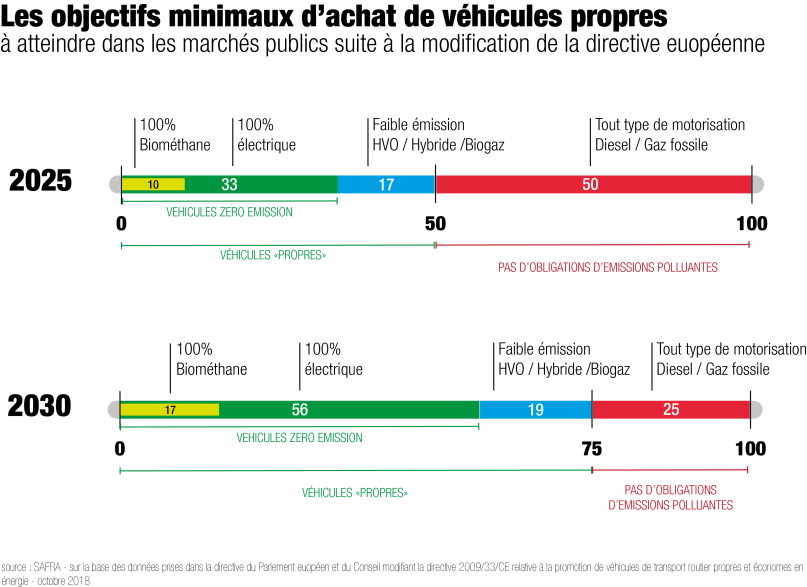
source : SAFRA – sur la base des données prises dans la directive du Parlement euopéen et du Conseil modifiant la directive 2009/33/CE relative à la promotion de véhicules de transport routier propres et économes en énergie – avril 2019
The targets are expressed as minimum percentages of clean vehicles out of the total number of road transport vehicles covered by the sum of all public procurement and public service contracts (see infographic below). Member States may impose stricter requirements in terms of timeframes than those proposed by the Commission, which is the case for France, for example, with the Energy Transition Law passed in 2017.
The scope of the rules is extended in terms of the procurement practices covered. From the entry into force of the directive, Member States will have 24 months to adopt national provisions. They will have to report to the Commission on the implementation of these rules every three years, the first report being due by 18 April 2026.
The agreement reached on February 11, 2019, shows that Europe is determined to decarbonize the transport sector. There are still several steps to be taken before the text is finalized. Voted on April 18 in the European Parliament at first reading, the text will pass through the European Council one last time on June 13 and 14 for final adoption. The signature will take place in the same month (no date yet) and the act will be published in the Official Journal.
You liked this article, do not hesitate to share it on social networks
Facebook
Twitter
LinkedIn
Email
Print
Other articles you might like
Circular mobility: Refurbishing to consume less
•
1 September 2023
In a world facing ever more pressing environmental issues, transition
Call for projects: accelerating collective intelligence
•
1 July 2023
“A stone has no hope of being anything other than
A new enemy in the air: the nanoparticle
•
1 June 2023
The fourth leading cause of mortality in the world, air

